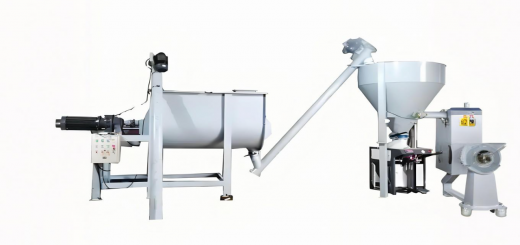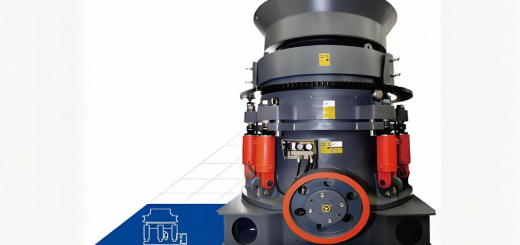Wood Debarker: Essential Equipment for Efficient Timber Preparation in Forestry and Lumber Processing

What is a Wood Debarker?
A wood debarker is a machine designed to remove bark from logs before further processing, such as sawing, chipping, or pulping. By stripping the bark, it enhances wood quality, reduces contamination, and improves the efficiency of downstream operations in forestry and wood manufacturing.
Types of Wood Debarkers
- Drum Debarkers
- Rotating drums with internal blades or chains that tumble logs to strip bark. Ideal for medium to large logs in sawmills.
- Ring Debarkers
- Use rotating rings with cutters to peel bark as logs pass through. Suitable for high-speed processing in pulp mills.
- Hydraulic Debarkers
- High-pressure water jets remove bark, minimizing wood damage. Common in eco-sensitive operations.
- Flail Debarkers
- Utilize rotating flails (hammers) to scrape off bark, effective for irregularly shaped logs.
Key Functions and Advantages
- Improved Wood Quality: Eliminates bark impurities, reducing resin and insect residue.
- Increased Efficiency: Processes 50–200 logs per hour, depending on size and type.
- Resource Optimization: Collected bark can be repurposed as biomass fuel or mulch.
- Reduced Wear on Tools: Prevents saw blades or chippers from dulling due to bark abrasion.
Applications
- Sawmills: Prepares logs for lumber production.
- Pulp and Paper Mills: Ensures clean wood chips for papermaking.
- Biomass Plants: Processes debarked logs for higher-quality fuel.
Operation Steps
- Log Loading: Feed logs into the debarker via conveyor or grapple.
- Debarking: Activate rotating drums, rings, or water jets to strip bark.
- Bark Collection: Separate and store bark for recycling.
- Log Discharge: Transfer debarked logs to next processing stage.
Maintenance Tips
- Regularly inspect and replace worn blades or flails.
- Clean hydraulic nozzles to prevent clogging.






